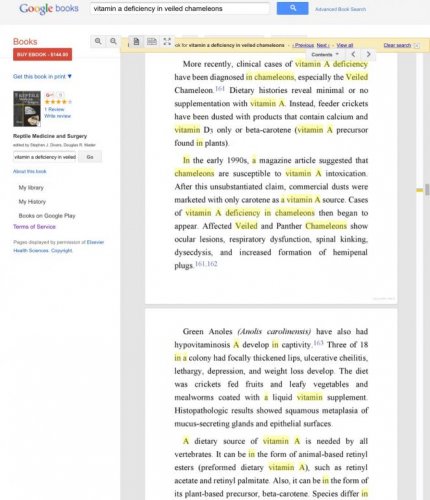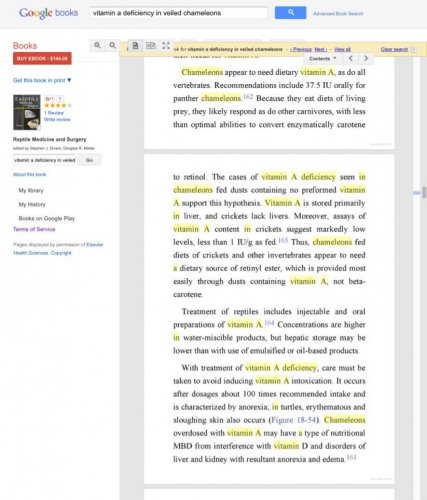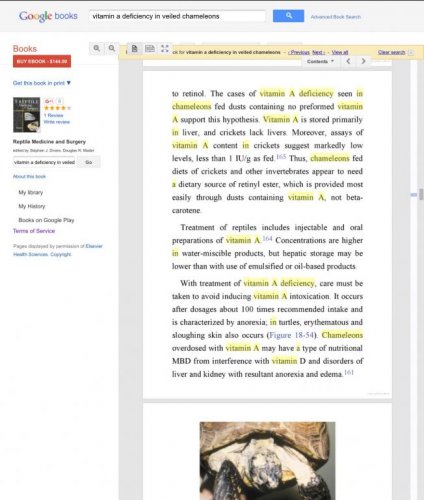JaxyGirl
Avid Member
This is a great and informative thread. I've been so worried about my 1 year old panther and went to the vet yesterday. He's showing signs of Vitamin A deficiency and the vet encouraged me to vary his diet and supplement his food with vitamin A powder. Also she suggested I increase his misting and the overall humidity of his surroundings.
Lips isn't eating much, nor drinking water and is very lethargic. He's keeping his eyes pretty much closed all day and I think they look swollen.
I have never gut loaded my crickets with any cat food, raw tuna, etc. but this seems like a good thing to do.
I am in an area where finding a real reptile vet isn't easy so I'm sort of concerned about the advice I was given.
Any other advice any of you have to help me would be great. I'm sad and just want to do the right thing for him.
Try offering him (small) pieces of raw shrim, chicken or fish once or twice a week and see how he likes it. Does your Cham feed by hand or take food off of tweezers?
The way I started my chams off was to cut raw shrimp into small strips and shape them like a worm (the size of the super worms or horn worms etc that he was used to eating) then I would wiggle it in front of him and he would shoot at it thinking it was a worm. You can do this with other meets as well.
Currently my new juvenile panthers won't take it this way so disguise it buy holding a small piece of shrimp, fish or chicken with a feeder in tweezers. My Cham shoots the cricket and gets the meat an they really seem to enjoy it.
I eat fresh fish and chicken at least twice a week and that's when my chams get small pieces. They don't get it every day.








